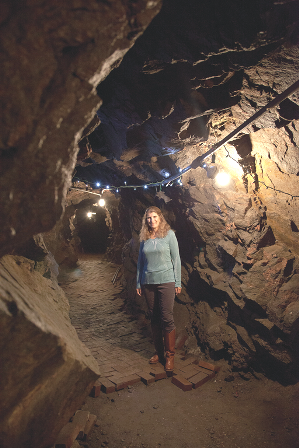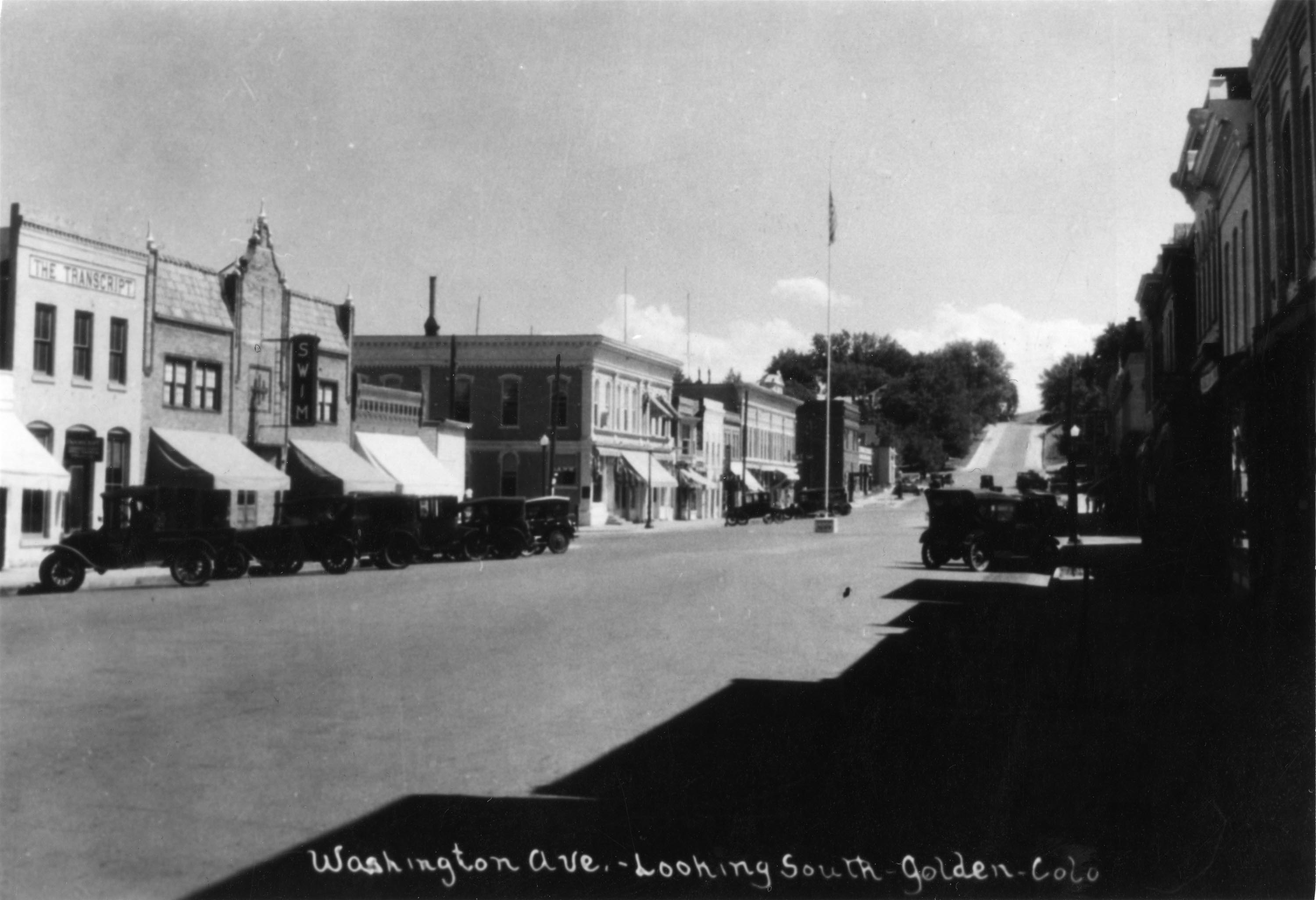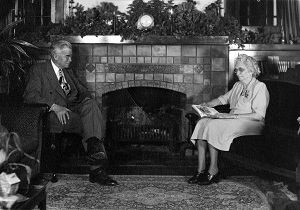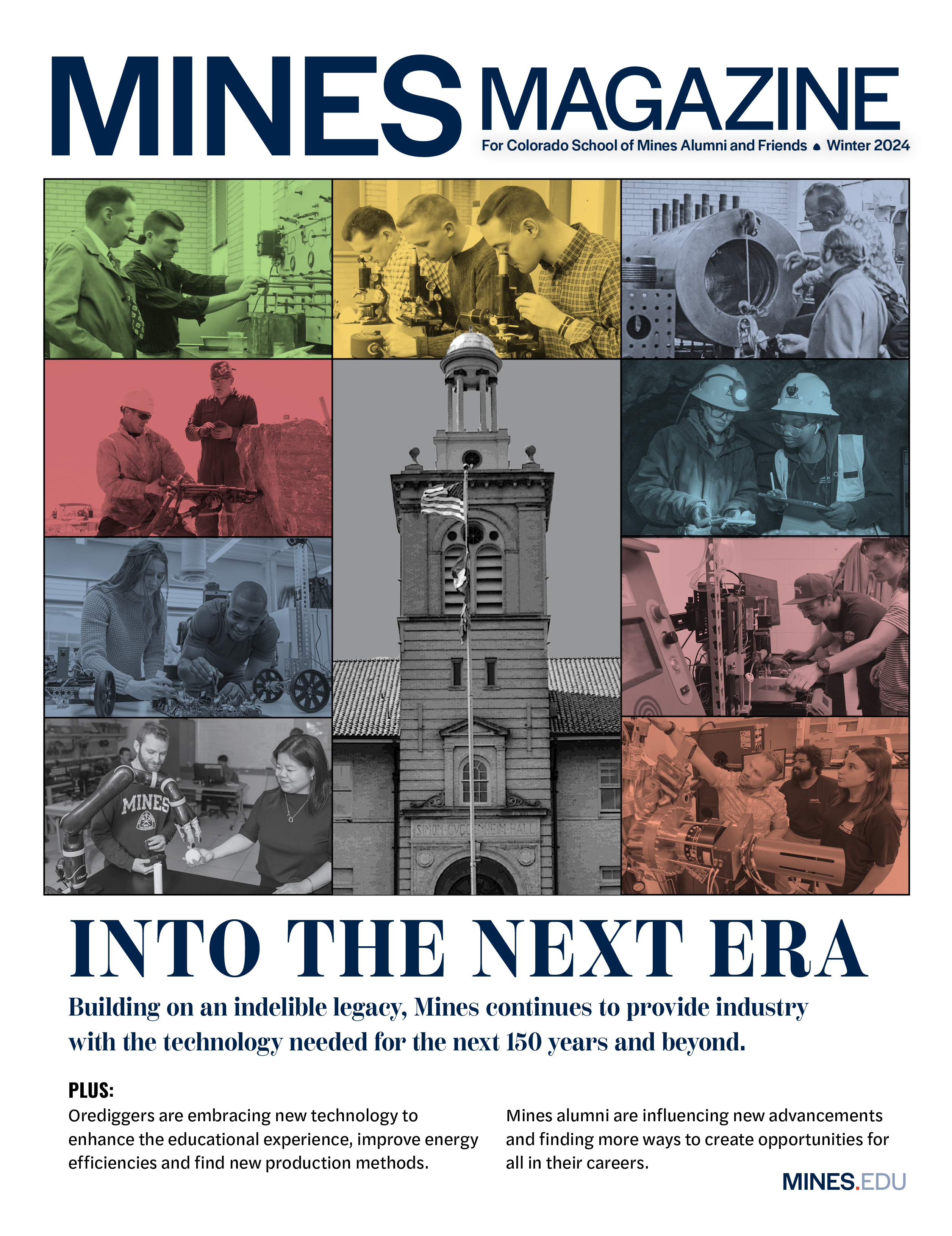Worldly legacies
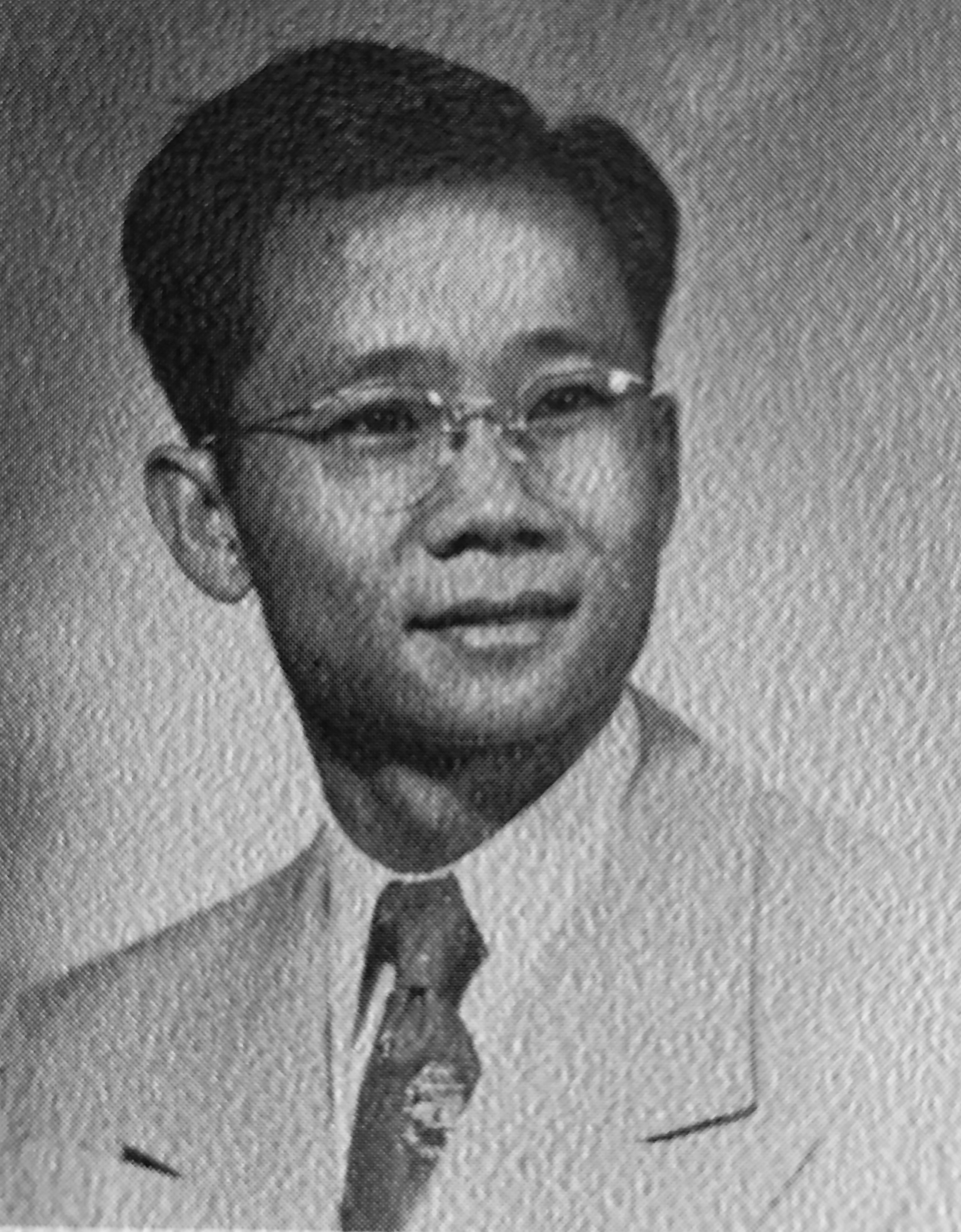
Sao Kya Seng ’53
When Sao Kya Seng ’53 was a student at Mines, only one person—Mines President John Vanderwilt—knew his secret. As the then-ruling prince of the Shan state of Hsipaw, Burma—now known as Myanmar—Seng wanted to have a normal college experience and see the American political system first-hand, then bring what he learned back to the Shan people. He graduated from Mines in 1953 with a professional degree in mining engineering.
Seng married his wife, Inge, in Denver in 1953, and returned to Burma, where Seng started a mining company and a salt mine, all while ruling the country. Seng founded the Tai Mining Company and planned to develop lead and silver mining deposits in the Kalagwe area of the state, as well as other natural resources, including salt, antimony, zinc and gold deposits. He believed these activities would help improve the economy and the livelihoods of the people of the primarily agrarian state.
However, his rule and professional ambitions were cut short by a political shift that ushered in nearly five decades of military rule. The Burmese army staged a coup in 1962, and Seng renounced his position as prince. He was arrested, imprisoned and believed to have been murdered.
Inge and the couple’s two daughters, Mayari and Kennari, fled the country with only a handful of possessions, including Seng’s silver diploma, which Inge still has today. In 1994, Inge wrote her biography, Twilight Over Burma: My Life as a Shan Princess, detailing her experiences, and the book was adapted into a film in 2015.
Seng was posthumously awarded Mines’ Distinguished Achievement Medal in 2015, an honor bestowed on alumni with significant career achievements that enhance Mines’ reputation and mission.
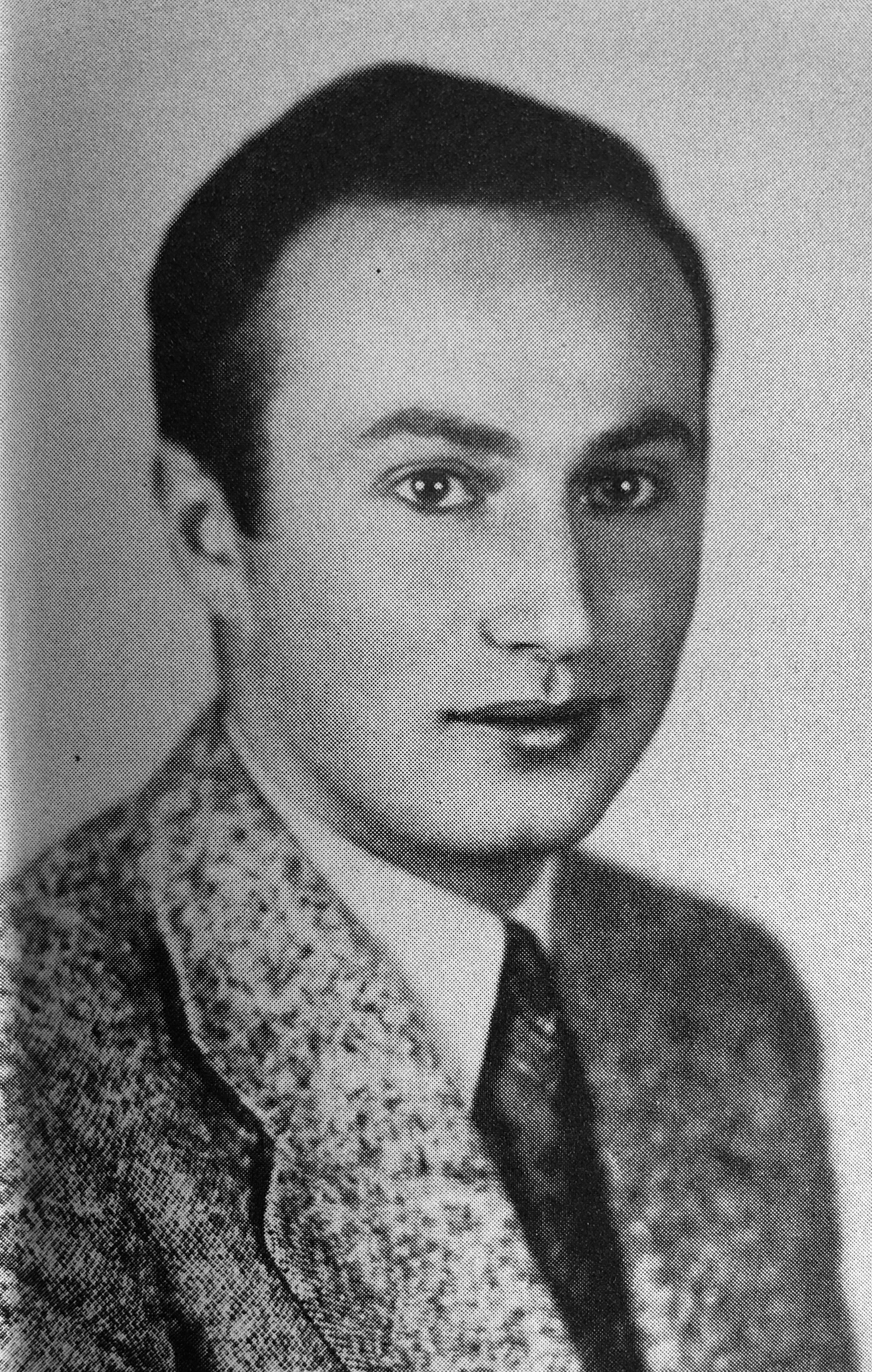
Ahmed D. Kafadar ’42, MS ’43
Students cross Kafadar Commons every day as they hurry to class, but it’s doubtful that many consider the person behind the name. But Ahmed D. Kafadar ’42, MS ’43 had a long history with Mines.
Born in 1915 in Gaziantep, Turkey, Kafadar first came to the United States during World War II on a diplomatic passport as a student representative of the Turkish government. He was one of 50 of Turkey’s most promising university students sent to the U.S. for safety and advanced education, an opportunity Kafadar took full advantage of. He earned a professional degree in mining engineering in 1942 and a master’s degree in mining engineering the following year. Kafadar became a U.S. citizen in 1946.
In his professional life, Kafadar started Ordnance Engineering Associates—now known as OEA, Inc.—which designs, develops, tests and produces propellant and explosive-actuated devices for aircraft personal escape systems, space vehicles and missile applications, as well as automotive air bags. Kafadar was awarded Mines’ Distinguished Achievement Medal in 1986, recognizing his career achievements that helped enhance the university’s reputation and mission.
After his wife, Maryanna, died in 1986, Kafadar established the Maryanna Bell Kafadar Humanities Award in 1987 in her honor. The award is granted each semester to a graduating senior who has excelled in humanities and has contributed to cultural life at Mines.
Kafadar was also responsible for starting the Kafadar Humanities Library Endowment, which provides funds for the ongoing acquisition of books and other materials in the humanities and other fields.
To acknowledge his distinguished contributions to Mines, Kafadar was awarded an honorary doctorate of engineering from Mines in 1987. The commons on campus was renamed in 1993 to reflect Kafadar’s influence on the institution.
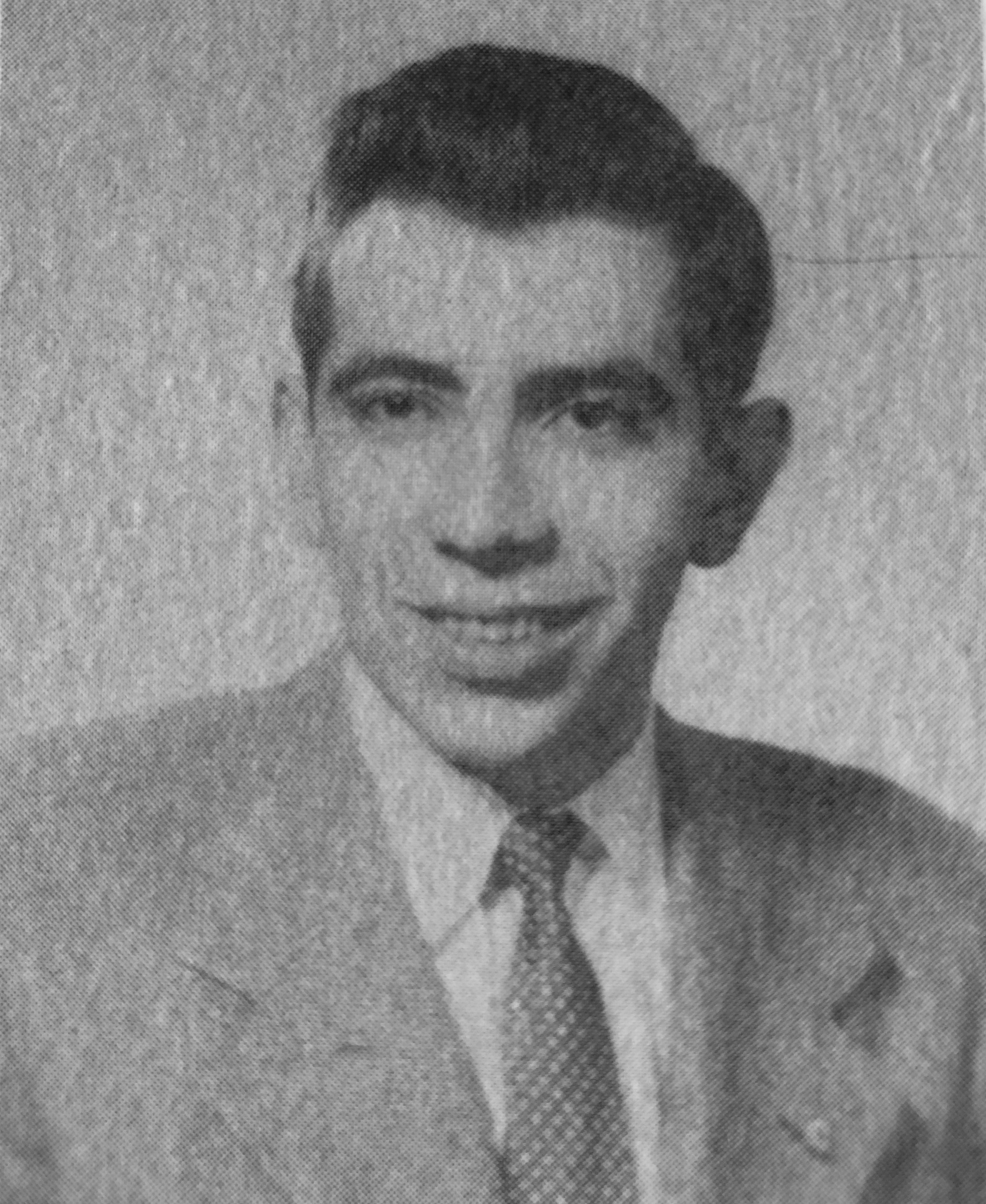
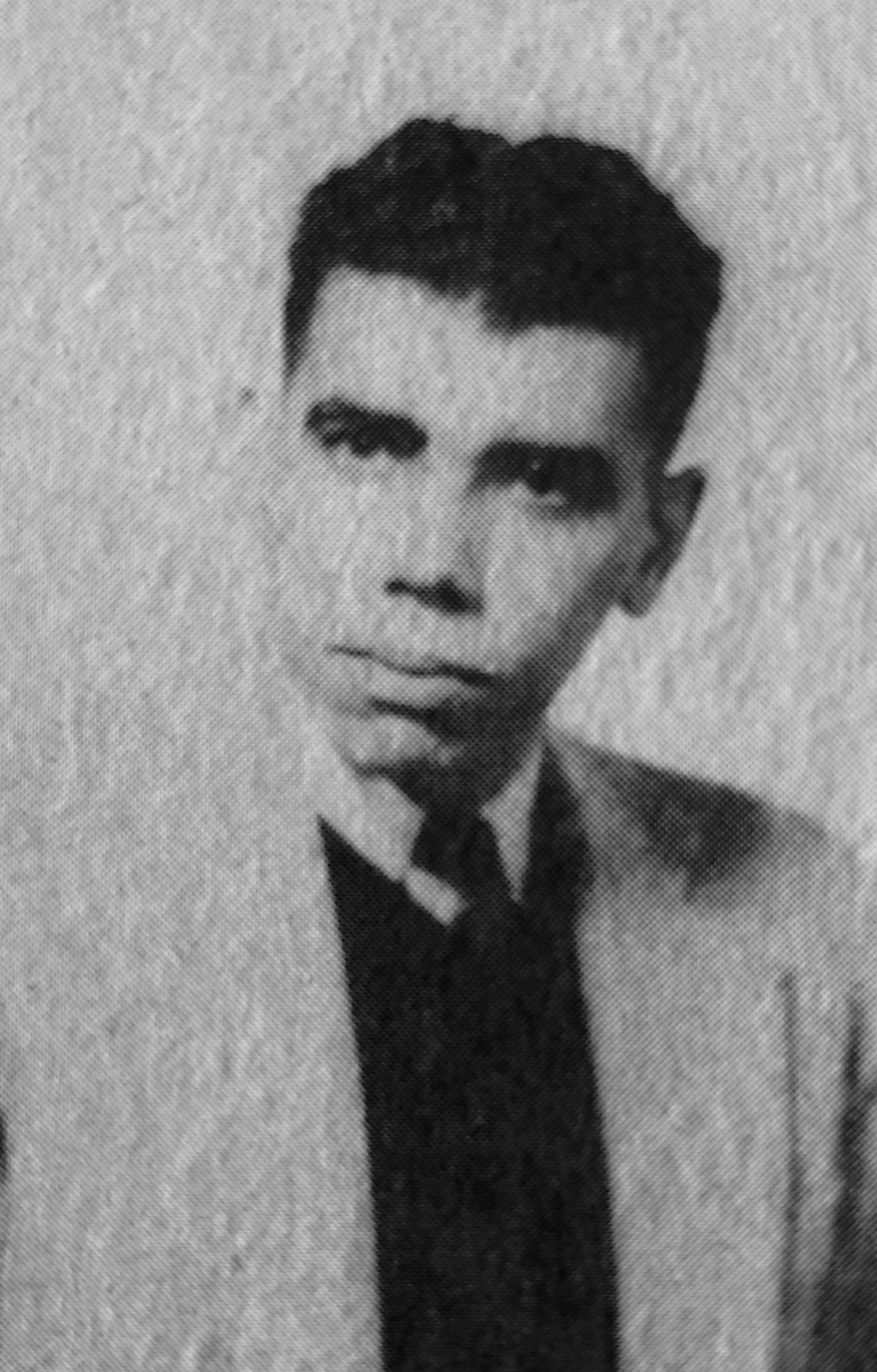
Ermírio de Moraes family
As one of the most influential families in Brazil, the Ermírio de Moraes name is familiar across the country, but the family also has strong ties to Mines. Seven members of the Ermírio de Moraes family attended Mines, starting with José Ermírio de Moraes, who earned a professional degree in mining engineering in 1921.
José’s sons, José and Antônio, followed in their father’s footsteps, both earning professional degrees from Mines in metallurgical and materials engineering in 1948 and 1949, respectively. The brothers supported Mines throughout their lives, contributing to the Mines Fund, the George S. Ansell Distinguished Chair in Metallurgical Engineering and the De Moraes Library Fund.
Back in Brazil, José was a chairman of the family-owned Grupo Votorantim, one of the largest industrial conglomerates in Latin America, operating in various sectors such as finance, energy, ferrous metallurgy and steel, among others. José received the Person of the Year award from the Brazilian-American Chamber of Commerce in 1995, commending him for being instrumental in forging closer ties between the two countries. He was also active with FIFA, the international soccer association, and served as a member of the 1994 World Cup Soccer Committee, the Brazilian Olympic Committee and the Brazilian Football Confederation.
Antônio also served as a chairman of Grupo Votorantim in his professional life, and was one of the original billionaires to appear on Forbes’ first-ever world wealth rankings in 1987. He remained a staple on the list before largely disappearing from the public eye in 2001 after he was diagnosed with Alzheimer’s disease. Antônio was president of the Beneficência Portuguesa de São Paulo hospital, which provides 60 percent of its services to citizens below the poverty line. He was awarded the Bandeirantes Medal in 2012, the highest honor awarded by the state of São Paulo to its citizens.
José and Antônio were both awarded Mines’ Distinguished Achievement Medal in 1974 to recognize their career accomplishments that enhanced the university’s reputation and mission. In addition, both brothers received an honorary doctorate of engineering from Mines in 1989 in recognition of their support of and interest in the school.
Four of Antônio’s nine children earned bachelor’s degrees from Mines: Carlos Ermírio de Moraes ’79 (metallurgical and materials engineering); Antônio Ermírio de Moraes ’81 (metallurgical and materials engineering); Luís Ermírio de Moraes ’82 (chemistry and geochemistry); and Mário Ermírio de Moraes ’86 (metallurgical and materials engineering).

